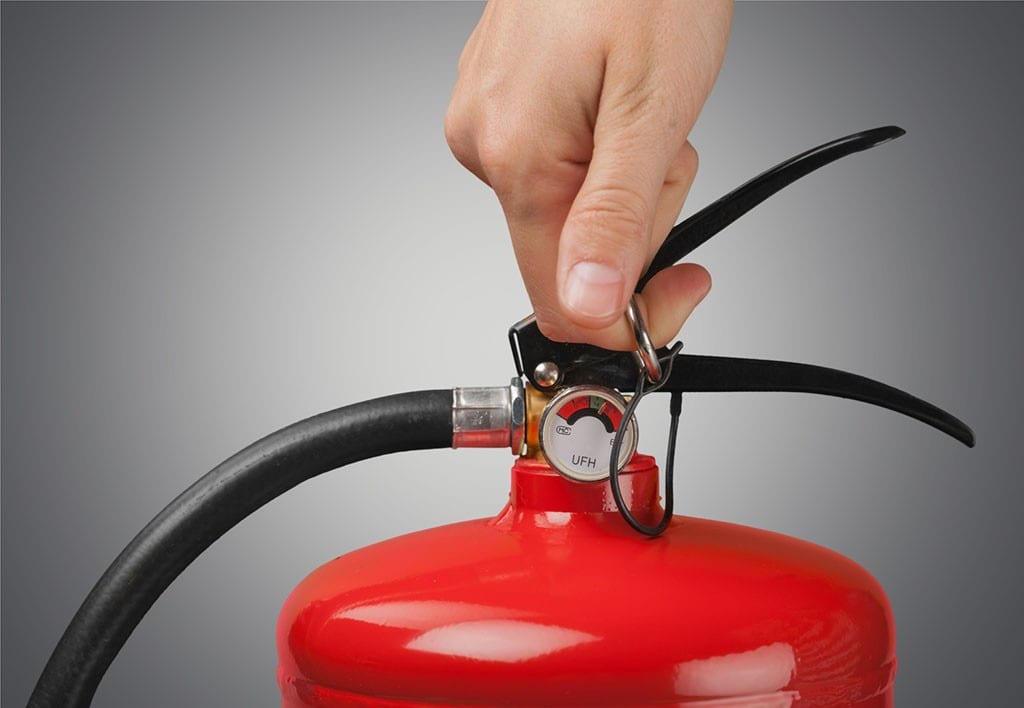The protection of fire is essential for every Sydney business. It’s not just an obligation under the law, but it’s an effective way of keeping the property, employees and customers protected. Fires can cause massive losses within a matter of minutes. However, with the proper safety measures in place, many of these risks can either be avoided or minimized. The combination of safety inspections during fires, electrical system testing and tagging and conformity with CFSP guidelines all contribute to a safer workplace and ensure that businesses are compliant with the Building Code of Australia and local standards of the council.
Why fire inspections are essential for safety
The first line of defense are fire inspections. These inspections verify that every element of a structure’s fire protection system is working and current. In Sydney the majority of businesses are required to conduct inspections each six or twelve months, based on the building type and council regulations. The inspections usually cover everything including fire alarm panels and sprinkler systems to smoke alarms, fire hydrants, extinguishers, and emergency lighting.

The ability to recognize problems that are not obvious and correct the problem before they pose a risk is what makes inspections crucial. A small fault on a fire hydrant, or an obstruction in a smoke detector might appear minor at first, but in an emergency, these faults could result in the loss of lives. When they conduct regular fire inspections, businesses owners are not just meeting compliance obligations but actively taking steps to ensure their workplaces are protected from the possibility of unforeseen disasters.
Hidden electrical risks can be eliminated by testing and tagging
Electrical systems are among the primary causes of workplace fires, which is why testing and tagging should always be included in a fire safety strategy. The process involves testing electrical devices for safety, functionality, and compliance, then placing a tag on the item to signify that the equipment has been examined. This is a condition that’s not always simple to fulfill. In many businesses, it’s a precaution against any potential dangers.
Incorrect appliances, old wiring or cables that are worn out can be a fire hazard when left unchecked. By conducting regular tests and tagging, businesses can reduce the chance of electrical faults leading to a fire outbreak. The employees also feel confident that the working environment is safe. This creates a sense of trust and security in the workplace. In conjunction with testing, fire inspections, and tagging is a comprehensive safety strategy that minimizes risk on multiple fronts.
The role of CFSP in ensuring compliance and Certification
In New South Wales only a Competent Fire Safety Practitioner (CFSP) can certify or sign important fire safety documents, such as the Annual Declarations on Fire Safety. The introduction of CFSP accreditation has raised the standards of fire safety, ensuring that only qualified professionals assess and confirm security measures. If business owners are working with the CFSP inspections and reports will not be just a routine item of paper, but rather an authentic evaluation conducted by professionals.
The role of a CFSP extends far beyond ticking boxes. They assess the state and effectiveness of the fire protection system. They also provide complete reports and prove conformity with the rules. Companies without CFSP certification face the threat of fines, legal complications and even closure if their security measures for fire are judged to be inadequate. Partnering with accredited professionals ensures that the systems for fire safety are in place in a proper manner and that compliance requirements are met without unnecessary stress.
Fire Safety as an Ongoing commitment
Every business owner has a obligation to ensure that fire safety is a top priority. Regularly scheduled inspections and tests of electrical equipment with the proper certification of CFSP ensure a safety cycle that never ends. In addition to ensuring compliance with law, this approach promotes the safety culture in the workplace. Employees feel safer when they know that evacuation plans, smoke alarms, emergency lighting, as well as a fire suppression are all in place.
Implementing fire safety as a continuous process rather than checking it off every year not only reduces risks but also strengthens the reputation of a company. If safety is considered a top priority customers and clients feel safer. Long-term, proactive security measures against fires can save the company money by preventing costly damage and legal disputes, as well as fines. It also safeguards all those in the structure.
Conclusion
Sydney security for fires requires an approach that is multilayered, which includes testing and inspections for fire, tagging and certification by an CFSP. Each part is crucial in ensuring businesses are compliant with the regulations and, more importantly, that the safety of people and property is assured. Safety is an integral part of every business’s operations and is not a secondary consideration. Companies can fulfill their legal obligations and create more stable and secure atmosphere in the near future if safety is a fundamental part of their daily activities.